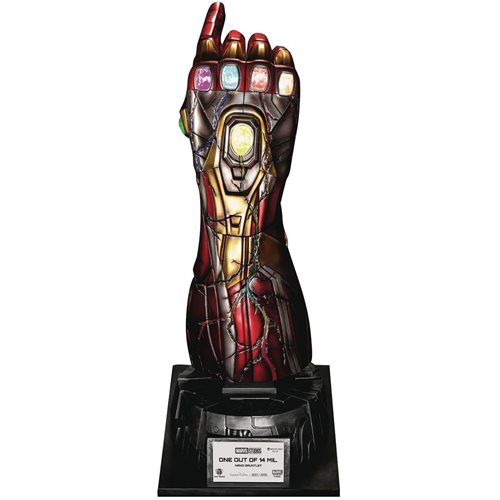World Wide Web 3D | Geolocation & Stereoscopic Space
Part II: Geolocation & Stereoscopic Space
Tim here, and I want to add to a series I'm going to deem World Wide Web 3D (WWW3D) from now on. This will be a multi-part post. However, please don't regard this posting series to be on a regular basis, but sporadically, as articles will come when they come. This article can be attributed in large part to the efforts of Adobe and their recent Web Updates. Adobe Edge brings web animation closer to After Effects, which does stereoscopic graphics as well as any other 3D software application. Where will the web go with this stereoscopic revolution regarding Google Maps?
Simply put: maps are geometric calculations based on the Earth, as measured via scientifically accurate measures from satellites. Google has a street view on major cities, but also very good 3D imaging. Mobile devices are now receiving those direct navigations more accurately, and thus with stereoscopic imaging on phones the major mapping corporations will be able to use all data to accurately portray certain information to people to make them more informed.
Imagine a situation... You and a friend are out in the world, someplace unfamiliar, and you decide to find food. Based on up to date information businesses can be found, and geolocation coordinates can be discovered. Most street view software used by Google images 360° all around a given point, and merges multiple photographs together to make a composite. Soon those multiple images will have simple stereo calculations providing stereo view through processor conversion. This of course requires algorithms written by a standards comity for various screen sizes...
Most WWW3D sites will require standard screen sizes, but at the same time if one could calculate the biggest screen size imaginable and go off percentages of that, then websites and stereo calculations can be easily derived. This comes to cooperation of web-enabled devices' manufacturers. I promise that's impossible in that competitive market. Thus, it will happen in due time: one year and six months. That's at least the time required for standards to be decided on and current autostereoscopic displays could be implemented on devices already out on market. Then the web's tool sets will have to be slightly refined to include stereo space more frequently, and some language may have to be written for commands and style settings.

Don't forget some thoughts on the future from our past interpretations. Automatically navigated vehicles are a major part of those future interpretations. It will be here because of the 3D mapping, which will accurately display more detailed information to the people at the controls. Even law enforcement will benefit because they could use newly gathered traffic data to designate specific speed limits at certain times to all the mobile users in a given area. That's some decent new regulations that are best for safety and avoiding speed traps easier because you're getting a constant reminder from a phone.
How easily will those stereoscopic devices be able to give back web pages that are in stereo? Especially when the software helps code the values in percentages for various screen sizes. This easily allows web designers to gear the stereo content for the maximum screen and each screen smaller than that to a certain percentage based on the standard display sizes. In its nature Adobe Edge does this for animations and other features to be supported on the various screens. Why can't stereo be as easily controlled?
Something that will become a staple of modern technology will be in New York City cabs, and other modern city taxi services, as eventually it is possible for them to have stereo HD touch-screens that run specific apps; such as globalization map oversight, internet connectivity, and naturally ads on both a local, federal, and international level. The experience will be different, but intelligent. Transactions will be able to controlled through it because all taxis will have little computer drives in them that are offloaded by a taxi company at the end of each shift. It's all going to be connected, and the stereo is for the passenger as much as the control is there for the companies, who will make revenue from the ads. Although there are no open plans for this yet, it's a natural evolutionary step to get giddy about. Sure will make taxi rides more bearable.
As a final thought to this topic: Apple led the way with their tablets. The first tablet company (Google's Android is looking solid to lead since MasterImage uses their software) to develop all this into a device that is stereo ready, and push the web aspects along with the app design structure, will reign huge amongst the others. It's an untapped market that will happen in the next year and six months. Adoption of standards, however? We'll see how standards come into practice, and in the next post I'll cover more specifically how future updates to Edge, based on where After Effects has reached, will allow stereographers to work more elegantly through a web environment.




